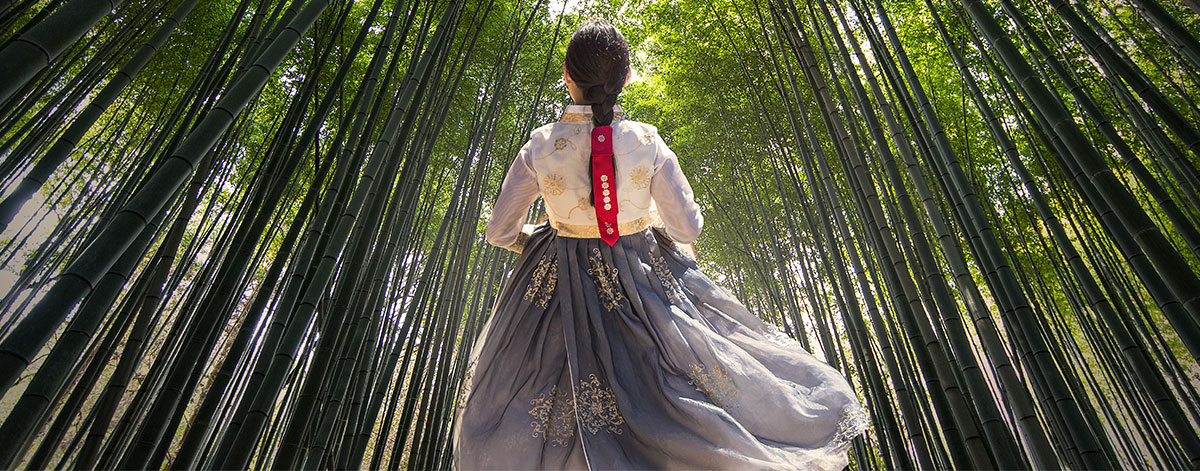Useful Merino Wool Base Layers Info
Wiki Article
Why Are Yak Merino Wool Base Layers So Effective For Winter Sports Clothing In Terms Of Warmth/Temperature Regulation? Moisture Management. Comfort. Durability.
Yak Merino Wool Base Layers shine in winter sports clothing due to the factors that improve the temperature, heat regulation, comfort and durability.
Both the merino and yak wool possess naturally insulating properties. Yak wool, with its hollow fibers, holds air and provides exceptional warmth. Merino is also renowned for its insulation.
Regulates Body temperature- The fabric is able to regulate body temperature by taking warmth away in cold weather but allowing breathability during high activity.
Moisture Management-
Moisture-Wicking- Merino wool's properties to wick moisture draw moisture away from the skin, and help disperse it, thus preventing sweat accumulation. Yakwool is also a great way to transport water. It keeps the wearer dry and comfortable while performing intense physical activities.
Comfort-
Softness- Merino Wool is famous for the soft, fine fibers it contains. They are less irritating to the skin. Adding yak fibers to the mix, which are also soft, enhances the comfort.
Odor Resistant- Both kinds have antimicrobial properties that reduce the development of the bacteria that cause smells, and keeps the clothing fresh.
Durability-
Resilience and Strength- Yak wool is inherently strong and durable. When it is combined with the resilience of Merino wool, the material becomes strong and resistant to wear and tear, making it suitable for rigorous activities.
Natural Fiber Benefits-
Renewability - Yak and Merino Wool are renewable and biodegradable fibres making them environmentally friendly.
The wools are suitable to deal with a range of conditions of the weather.
The blend of yak and merino wool makes use of the strengths of each material, creating an excellent fabric for providing warmth while also regulating temperature, balancing moisture, providing comfort and offering toughness. Yak merino-based base layers are perfect for winter sportswear since they cater to the needs of the outdoors and in cold conditions. They will also keep you dry and comfortable. View the recommended discover more for merino wool base layer for blog recommendations including wool base layer, wool thermals, heavyweight merino wool base layer, smartwool base layer mens, best long underwear for skiing, merino base layer cycling, merino wool leggings mens, heavyweight merino wool base layer, merino wool underwear womens, men's wool leggings and more.

What Are The Benefits Of Bamboo Clothing In Terms Of Thermal Regulation And Uv Protection, Biodegradability And Environmental Impact?
Bamboo clothing comes with a variety of advantages in terms of control of heat and biodegradability, UV protection and environmental impact. thermal Regulation-
Bamboo fabric is a great insulation material. It has natural thermal-regulating properties and provides warmth during colder weather and comfortable. It regulates body temperature by retaining warmth in cooler temperatures and permitting ventilation during exercise to avoid overheating.
UV Protection
Bamboo fabric is naturally impervious to harmful UV rays. The bamboo fabric can block up to a third of the UV radiation.
Biodegradability-
Environmentally Friendly- Bamboo clothing is biodegradable, meaning it is able to break down naturally after the completion of its life cycle without leaving harmful residues behind or contributing to environmental pollution. This helps reduce waste and also the environmental impact of discarded clothes.
Environmental Impact-
Sustainability- Bamboo is highly eco-friendly as a material for raw materials. It is a plant that grows rapidly that doesn't require chemical fertilizers or pesticides. It is a renewable resource because of its fast development.
Low water usage Bamboo requires less water compared to other crops like cotton, which makes it more efficient with water. This helps in conservation efforts and lessens the demand on the water resource.
Soil Conservation
Soil health- Bamboo cultivation does not deplete soil nutrients and doesn't require extensive irrigation. This helps improve soil conditions, and reduces the need for harmful practices in agriculture.
Carbon Sequestration
Carbon Absorption Bamboo plants are able to absorb more CO2 while releasing greater amounts of oxygen than other species. This ability helps to combat climate change by decreasing carbon emissions.
Bamboo clothing is a fantastic option for those looking to wear clothing that is both functional and sustainable. These qualities match up with environmentally friendly practices, which benefit both the wearer as as the environment. Read the top rated home page on bamboo clothing for site recommendations including bamboo pants, bamboo dress shirt, bamboo trousers women, bamboo pajama pants, bamboo cotton pajamas, bamboo dress socks, bamboo brand jeans, bamboo jeans ross, bamboo fishing shirts, bamboo sweater and more.

How Does Merino And Bamboo Clothing Compare To Wool In Terms Of The Texture, Warmth, And Absorption?
The texture is the primary element to be considered when comparing merino clothes to traditional wool and bamboo clothing.
Merino Wool Merino Wool is made of smaller fibers, and is more supple than wool that is more traditional. It's also thought to be more comfortable to wear.
Bamboo Clothing Bamboo clothing has a silky smooth texture. It is often compared with luxurious materials such as silk or cashmere. It is soft and smooth, which makes it very comfortable to wear.
Traditional Wool: Traditional wool can differ in texture; some types may feel coarser and are more likely to cause irritation or itching compared to merino or bamboo clothing.
Warmth-
Merino Wolle- Merino fibers are excellent insulators and provide warmth. It holds its heat even in the event of a wet. It makes it a great insulation material for cold weather.
Bamboo Clothing - Bamboo clothing is warm but does not provide the same level of insulation as merino. It can regulate the body's temperature and can be comfortable in a variety of climates.
Traditional Wool: Much like merino it provides warmth, insulation and comfort. It may feel heavier than clothing made of bamboo, merino or other types of fabrics.
Moisture Absorption-
Merino Wool Merino Wool, due to its outstanding moisture wicking properties, draws moisture away from the skin and lets it evaporate. Even when wet the wool is warm.
Bamboo Clothing - Bamboo fabric will also absorb moisture making it comfortable for exercise. Bamboo is a great moisture regulating fabric, keeping the skin dry.
Traditional Wool- Although wool can hold in moisture, it might not have the same properties of moisture wicking as bamboo or merino fabric. Some types wool can be heavy or damp when they are wet.
Summary: Merino Wool is known for its soft, warm, and having excellent moisture-wicking qualities. Bamboo clothing has a smooth texture and warm and has good moisture regulation. Traditional wool can have distinct texture, offer warmth and moisture absorption, but feel heavier or coarser when compared with the bamboo or merino clothes. Each fabric has distinct characteristics which cater to different clothes preferences and needs. Take a look at the recommended home page for site advice including icebreaker baselayer, smartwool base layer, merino wool leggings mens, smartwool 250 women's, wool long underwear, merino wool long underwear mens, wool base layer, ice breaker thermals, 400g merino wool base layer, best mid layer skiing and more.
